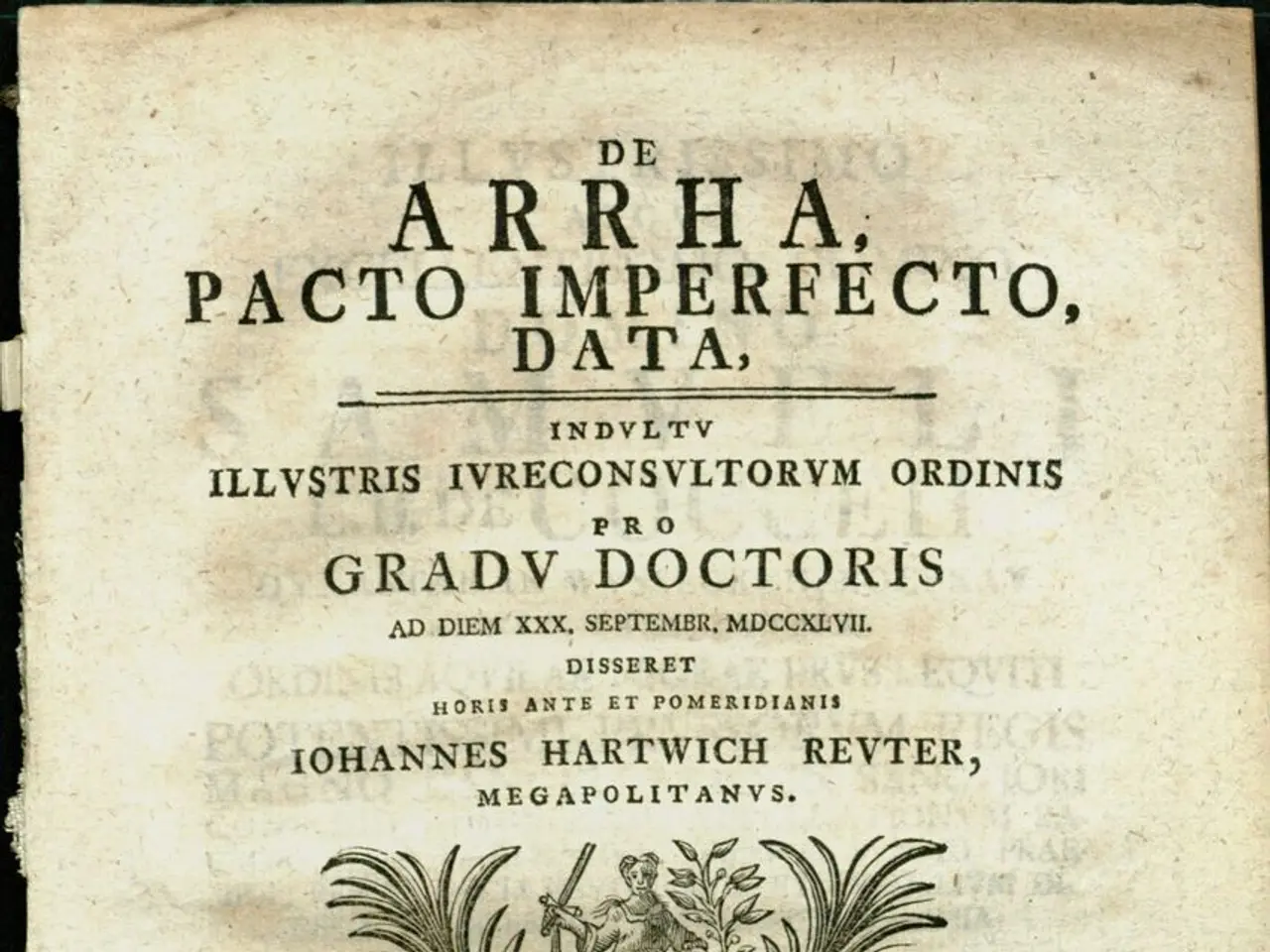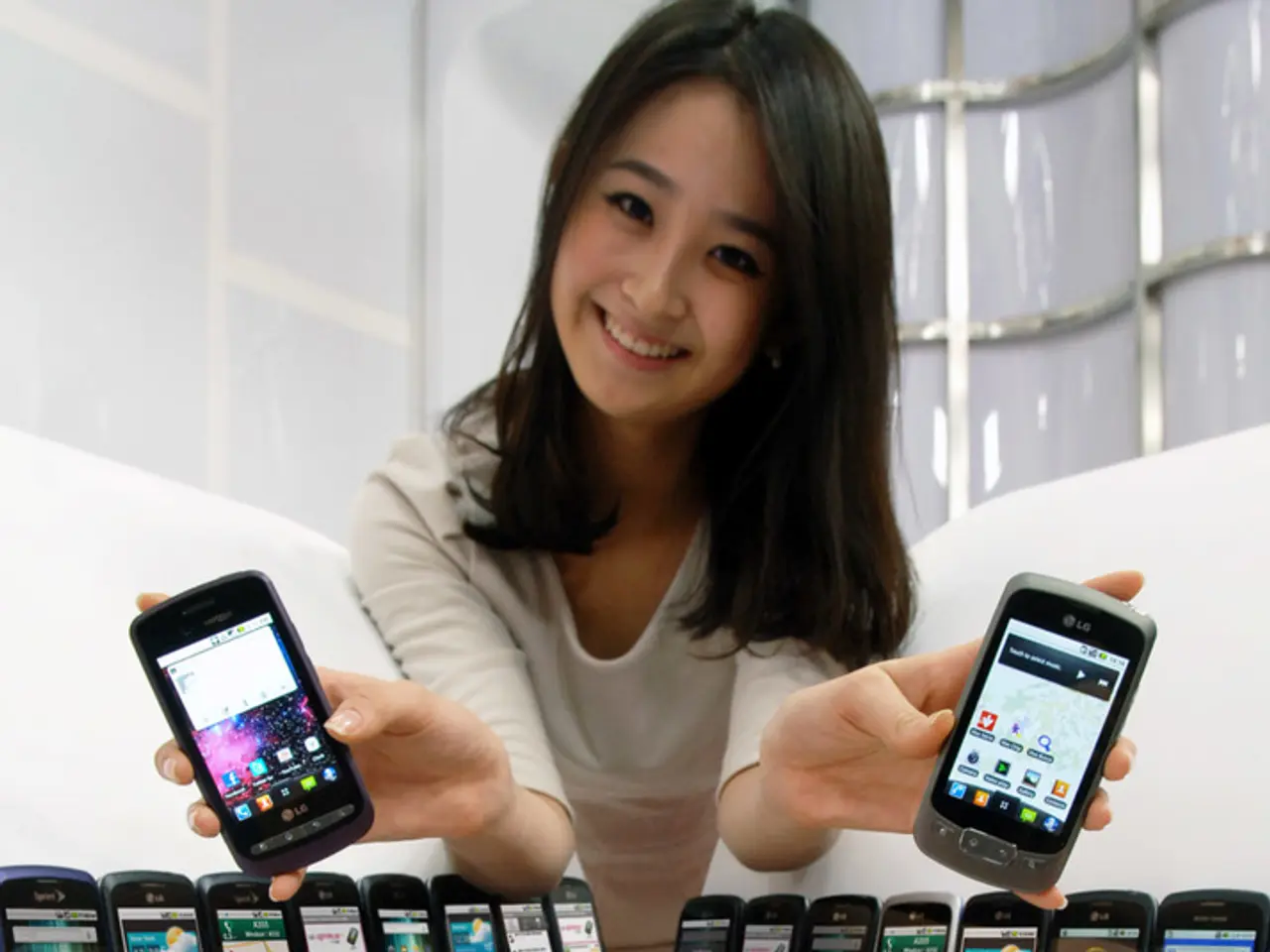Top-Ranked Ambigram Logos, Alongside Two Controversial Designs That Failed to Impress
Ambigram logos, a fascinating blend of art and design, have been making waves in the branding world for their unique ability to be read in multiple directions. These visual designs, which may be read in at least two directions, whether by rotation or by flipping, have become a staple for many successful and well-known brands.
One such example is the iconic ABBA logo, designed by Rune Söderqvist in 1976. The distinctive backward "B" on the first "B" in the name creates an ambigram effect that has become synonymous with the band's brand identity. This logo, used consistently on official releases, remains iconic to this day.
Another standout ambigram logo is the New Man logo, created by Raymond Loewy in 1968 for a French fashion brand. This ambigram masterfully leverages letter similarities like 'W' and 'M' and 'a' and 'e' to create rotational symmetry. It remains in use, sometimes displayed diagonally, and still feels modern today.
The Sun Microsystems logo, designed by Stanford professor Vaughan Pratt around 1981/1982, is hailed as perhaps the best ambigram logo for its geometric precision. Each 90° rotation of the square reveals the word "Sun" four times, effectively communicating the company’s tech innovation and identity.
Ambigram logos are particularly useful for brands whose mark appears on physical objects that might not always be seen straight on. For instance, the audio system brand SONOS, which is a palindrome, has an ambigram logo by rotation. The revised logo, designed by Bruce Mau in 2015, is particularly powerful in creating an optical illusion that almost resembles sound.
The DeLorean Motor Company logo, designed by Phil Gibbon, captures the 1980s vision of the future. The logo's design is an ambigram that effectively uses the mirror-ability of the letters 'D' and 'C'.
Brands like DXC Technology and Oysho have also jumped on the ambigram bandwagon. DXC Technology's logo uses the mirror-ability of the letters 'D' and 'C' to create an ambigram that centers on the X. Oysho, a Spanish clothing brand, previously had an ambigram logo design that represented the clothing well.
However, not all ambigram logos have been successful. The Odido logo, the new name for T-Mobile in the Netherlands, was met with confusion due to its ambigram design, with people unsure of how to pronounce the new name. The brand admitted that the name was meaningless.
The SONOS logo guidelines allow its use both horizontally and vertically, providing flexibility for designers. This flexibility, combined with the logo's unique design, makes it a standout in the world of ambigram logos.
Even Ford's logo has an amusing accidental semordnilap when flipped, adding an unexpected element to this list of clever designs.
The concept of ambigrams can create a symmetry that enhances visual appeal and creates a sense of harmony while allowing an identity to be read correctly in different orientations. It's easier to create an ambigram logo if the name is a palindrome or contains letters that can be made to mirror each other without losing clarity.
These examples are celebrated for their clever design, geometric or letterform symmetry, and strong connection to the brand’s identity, making them outstanding ambigram logos in design history.
- The unique ability of ambigram logos to be read in multiple directions has made them a popular choice for successful brands, such as ABBA and Sun Microsystems.
- Rune Söderqvist's design of the ABBA logo, with its backward "B", is an iconic example of an ambigram that has become synonymous with the band's brand identity.
- Raymond Loewy's New Man logo, with its rotational symmetry created through letter similarities, is another notable ambigram logo, popularized by a French fashion brand.
- Geometric precision is a key aspect of the well-known Sun Microsystems logo, designed by Stanford professor Vaughan Pratt, which reveals the word "Sun" four times upon each 90° rotation.
- Ambigram logos, like those of SONOS and DeLorean Motor Company, can be particularly useful for brands whose marks appear on physical objects not always viewed straight on, as in the case of SONOS being a palindrome.
- DXC Technology and Oysho are other brands that have adopted ambigram logos, with DXC Technology's logo centering on the X and Oysho's past design representing clothing well.
- Not all ambigram logos have been successful, as proven by Odido, the new name for T-Mobile in the Netherlands, whose name was met with confusion due to its ambigram design, making it difficult for people to pronounce the name.
- The SONOS logo, allowable for use both horizontally and vertically, provides flexibility for designers and makes it a standout in the world of ambigram logos. Even Ford's logo has an amusing accidental semordnilap when flipped, contributing to this list of clever designs. The concept of ambigrams can create a symmetry that enhances visual appeal, creates harmony, and allows an identity to be read correctly in different orientations, making them valuable tools for creative designers who work in branding, art, typography, UI, UX, technology, artifical intelligence, lifestyle, home-and-garden, and illustration.




